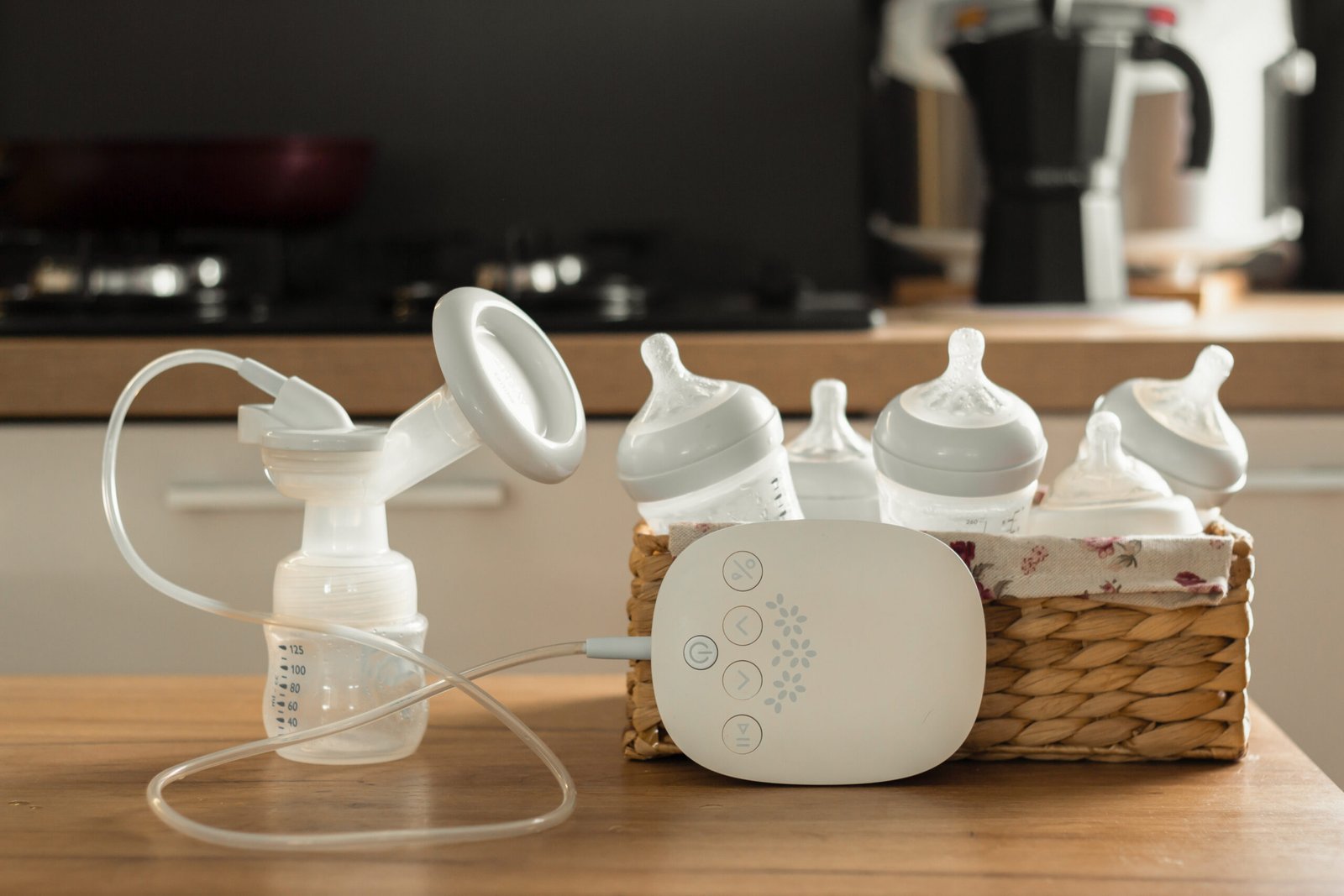Understanding the Roles of Midwives and Doulas

Midwives: Medical Professionals Specializing in Maternal Care
Midwives are trained healthcare professionals who specialize in supporting women through pregnancy, childbirth, and the postpartum period. They provide comprehensive medical care with a focus on natural, physiologic birth processes.
Types of Midwives
1. Certified Nurse-Midwives (CNMs)
– Advanced practice registered nurses with graduate education in midwifery
– Licensed in all 50 states and can practice in all birth settings
– Can prescribe medications and order tests
– Often have hospital privileges
– Services typically covered by insurance
2. Certified Professional Midwives (CPMs)
– Trained specifically in out-of-hospital births
– Certified by the North American Registry of Midwives
– Legal status varies by state
– Specialize in home births and birth center deliveries
– Insurance coverage varies by state and policy
3. Certified Midwives (CMs)
– Hold a bachelor’s degree in a non-nursing field
– Complete graduate-level midwifery education
– Recognized in fewer states than CNMs
– Similar scope of practice to CNMs where recognized
4. Traditional ‘Lay’ Midwives
– Learn through apprenticeship and traditional methods
– May not have formal certification
– Legal status varies significantly by state
– Practice primarily in home birth settings
Scope of Midwifery Practice
Midwives typically provide:
– Comprehensive prenatal care
– Labor and delivery support
– Postpartum care
– Well-woman gynecological care
– Family planning services
– Newborn care for the first few weeks
– Breastfeeding support
– Ordering and interpreting lab tests and ultrasounds
– Prescribing medications (CNMs)
– Monitoring maternal and fetal health
Doulas: Non-Medical Support Professionals
Doulas are trained non-medical support professionals who provide continuous physical, emotional, and informational support to mothers before, during, and after childbirth. Unlike midwives, doulas do NOT perform clinical tasks or deliver babies.
Types of Doulas
1. Birth Doulas
– Focus on supporting mothers during labor and delivery
– Provide continuous presence throughout labor
– Offer comfort measures and emotional support
– Help with positioning and breathing techniques
– Advocate for the mother’s birth preferences
2. Postpartum Doulas
– Support families in the weeks following birth
– Provide breastfeeding assistance
– Offer newborn care education
– Help with light household tasks
– Provide emotional support during the transition to parenthood
3. Antepartum Doulas
– Specialize in supporting women with high-risk pregnancies
– Provide support during bed rest or pregnancy complications
– Offer emotional support and practical assistance
4. Full-Spectrum Doulas
– Support women through all reproductive experiences
– May include support during miscarriage, abortion, or adoption
Scope of Doula Practice
Doulas typically provide:
– Continuous emotional support
– Physical comfort measures (massage, counter-pressure, positioning)
– Information about labor progress and options
– Advocacy for the mother’s preferences
– Partner support and guidance
– Assistance with early breastfeeding
– Postpartum adjustment support
– Non-medical advice and resources
Benefits of Working with Midwives
Evidence-Based Benefits
Research has consistently shown that midwifery care is associated with:
1. Lower Intervention Rates
– Reduced cesarean section rates (by 30-40% for low-risk women)
– Fewer episiotomies
– Less use of instrumental delivery (forceps, vacuum)
– Reduced use of epidural anesthesia
– Lower rates of labor induction and augmentation
2. Improved Maternal Outcomes
– Lower rates of severe perineal trauma
– Reduced risk of postpartum hemorrhage
– Higher rates of spontaneous vaginal birth
– Improved maternal satisfaction with the birth experience
– Lower rates of postpartum depression
3. Improved Infant Outcomes
– Higher breastfeeding initiation and continuation rates
– Lower preterm birth rates
– Reduced low birth weight rates
– Fewer NICU admissions for babies of low-risk mothers
4. Cost-Effectiveness
– Lower overall healthcare costs
– Shorter hospital stays
– Fewer expensive interventions
– Reduced readmission rates
Personalized Care Approach
Midwifery care is characterized by:
– Longer prenatal appointments (typically 30-60 minutes)
– Continuity of care throughout pregnancy, birth, and postpartum
– Shared decision-making and informed choice
– Focus on education and preparation
– Holistic approach addressing physical, emotional, and social needs
– Emphasis on building a trusting relationship
Specialized Support for Different Birth Settings
Midwives can support births in various settings:
– Hospitals (primarily CNMs)
– Birth centers (CNMs, CPMs, CMs)
– Home births (CPMs, some CNMs, traditional midwives)
– Water births (specialized training for supporting water immersion)
Benefits of Working with Doulas
Evidence-Based Benefits
Research on doula support during labor shows:
1. Improved Birth Outcomes
– May have shorter labor duration
– ~25% reduction in cesarean rates
– reduction in epidural requests
– reduction in oxytocin use
– reduction in requests for pain medication
2. Enhanced Maternal Experience
– Increased satisfaction with the birth experience
– Greater sense of control and empowerment
– Reduced fear and anxiety during labor
– Improved communication with healthcare providers
– Higher rates of spontaneous vaginal birth
3. Postpartum Benefits
– Higher breastfeeding initiation and success rates
– Lower rates of postpartum depression
– Improved maternal-infant bonding
– Greater parenting confidence
– Better family adjustment
4. Partner Support
– Allows partners to participate at their comfort level
– Reduces partner anxiety and stress
– Provides guidance for partners on how to help
– Creates a team approach to support
Continuous Support Model
The unique benefits of doula care stem from:
– Continuous presence throughout labor (unlike nurses or providers who may change shifts)
– Undivided attention focused solely on the mother’s needs
– Non-clinical perspective and approach
– Familiarity with the mother’s preferences established prenatally
– Expertise in comfort measures and labor coping techniques
Personalized Support Services
Doulas customize their support based on individual needs:
– Prenatal planning and education
– Physical comfort techniques tailored to preferences
– Emotional support strategies based on personality and needs
– Information provided in accessible, understandable ways
– Advocacy approaches aligned with communication style
– Postpartum support customized to family situation
How Midwives and Doulas Work Together
Complementary Roles
Midwives and doulas have distinct but complementary roles:
– Midwives focus on clinical care and the safe delivery of the baby
– Doulas focus exclusively on comfort, emotional support, and advocacy
– Together they provide comprehensive physical, emotional, and medical support
Collaborative Care Model
The ideal collaborative model includes:
– Clear communication between all team members
– Respect for each professional’s scope of practice
– Shared commitment to the mother’s birth preferences
– Seamless integration of clinical and supportive care
– Consistent messaging and information
Benefits of the Combined Approach
When midwives and doulas work together:
– Mothers receive both expert clinical care and continuous emotional support
– Clinical providers can focus on medical aspects while doulas handle comfort measures
– Communication between the mother and clinical team is enhanced
– The mother’s birth plan is more likely to be respected and followed
– Overall satisfaction with the birth experience increases
Choosing the Right Support Team
Factors to Consider When Selecting a Midwife
1. Credentials and Experience
– Type of certification and education
– Years of experience and number of births attended
– Experience with specific situations relevant to your pregnancy
– Hospital privileges or birth center affiliations
2. Philosophy and Approach
– Views on intervention and natural birth
– Approach to shared decision-making
– Comfort with your birth preferences
– Backup arrangements and transfer protocols
3. Practical Considerations
– Insurance coverage and costs
– Availability around your due date
– Practice model (solo practitioner vs. group practice)
– Location and accessibility
Factors to Consider When Selecting a Doula
1. Training and Experience
– Certification organization (e.g. DONA, CAPPA, etc.)
– Number of births attended
– Experience with your specific needs (VBAC, twins, etc.)
– Continuing education and specializations
2. Personal Compatibility
– Communication style
– Personality and energy
– Alignment with your birth philosophy
– Comfort level between you, your partner, and the doula
3. Services and Logistics
– Specific services included in package
– Availability and on-call period
– Backup arrangements
– Postpartum support options
– Fee structure and payment plans
Questions to Ask Potential Midwives and Doulas
For Midwives:
– What is your training and certification?
– What is your philosophy on pregnancy and birth?
– How do you handle complications?
– What is your cesarean rate and transfer rate (for out-of-hospital midwives)?
– How many clients do you take per month?
– Who are your backup providers?
– What prenatal tests do you recommend?
– How do you feel about my specific birth preferences?
For Doulas:
– What training have you completed?
– What is your philosophy on birth support?
– How many births have you attended?
– What comfort measures do you specialize in?
– How do you work with partners?
– How do you interact with medical staff?
– What is included in your fee?
– How do you handle long labors or schedule conflicts?
Financial Considerations
Midwifery Care Costs and Coverage
– CNM services are typically covered by insurance, including Medicaid
– Out-of-hospital birth with CPMs may have variable coverage
– Average costs without insurance:
– Hospital birth with CNM: $3,000-$5,000 (provider fee only)
– Birth center birth: $3,000-$8,000 (all-inclusive package)
– Home birth: $2,000-$6,000 (all-inclusive package)
Doula Services Costs and Coverage
– Typically paid out-of-pocket, though insurance coverage is expanding
– Some Medicaid programs now cover doula services
– Average costs:
– Birth doula: $800-$2,500 depending on location and experience
– Postpartum doula: $25-$50 per hour
– Package deals often available combining birth and postpartum support
Cost-Benefit Analysis
– Research shows midwifery care and doula support can reduce overall healthcare costs
– Reduced interventions translate to lower hospital bills
– Improved outcomes reduce follow-up care needs
– Some employers now offer doula benefits as part of wellness programs
– Health savings accounts (HSAs) can often be used for doula services
Special Considerations
High-Risk Pregnancies
– CNMs often collaborate with physicians for higher-risk pregnancies
– Some doulas specialize in high-risk support
– Clear communication about roles and responsibilities is essential
– Team-based approach often provides the best outcomes
Cultural Competence
– Growing diversity in midwifery and doula communities
– Importance of culturally congruent care
– Community-based doula programs serving specific populations
– Traditional midwifery practices in various cultural contexts
Future Trends in Midwifery and Doula Care
Expanding Access and Coverage
– Growing recognition of benefits leading to expanded insurance coverage
– Increasing integration into hospital systems
– State-level initiatives to improve access to midwifery and doula care
– Telehealth options for prenatal and postpartum support
Integration with Conventional Healthcare
– Collaborative care models becoming more common
– Hospital midwifery practices expanding
– Doulas increasingly welcomed in hospital settings
– Recognition of complementary roles in improving outcomes
Professional Development and Standardization
– Evolving certification standards for doulas
– Expanded educational requirements for midwives
– Growing research base supporting both professions
– Development of best practice guidelines
Sources:
– Sweet Child O’ Mine Birth Center, “Exploring Midwife & Doula Roles,” February 2025
– Advanced Women’s Healthcare, “Enhancing Birth Experiences: The Essential Roles of Doulas and Midwives,” May 2024
– National Academies of Sciences, Engineering, and Medicine, “Birth Settings in America: Outcomes, Quality, Access, and Choice,” 2023
– American College of Nurse-Midwives, “Essential Facts about Midwives,” 2024
– DONA International, “Benefits of a Doula,” 2023
– Cochrane Database of Systematic Reviews, “Continuous support for women during childbirth,” 2024
– Journal of Perinatal Education, “The Effect of Doulas on Maternal and Birth Outcomes,” 2023
– Policy Center for Maternal Mental Health, “The Role of Birth and Postpartum Doulas in Improving Maternal Mental Health Outcomes,” March 2025



